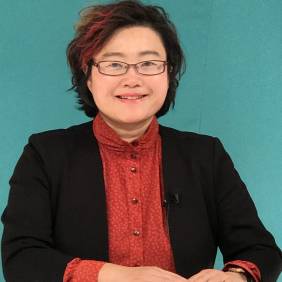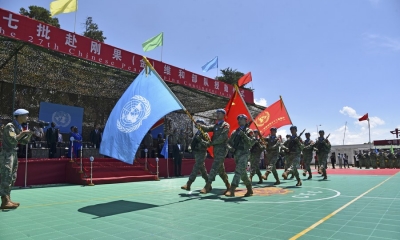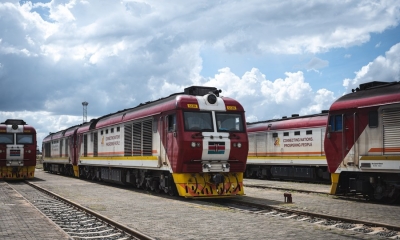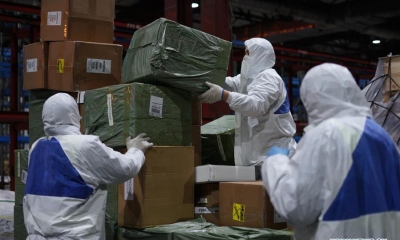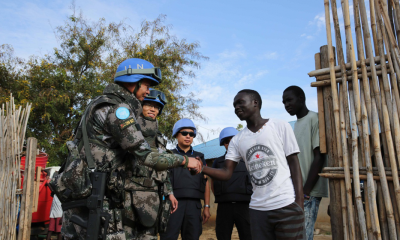Faster Integration is the Only Path to the Rejuvenation of Africa
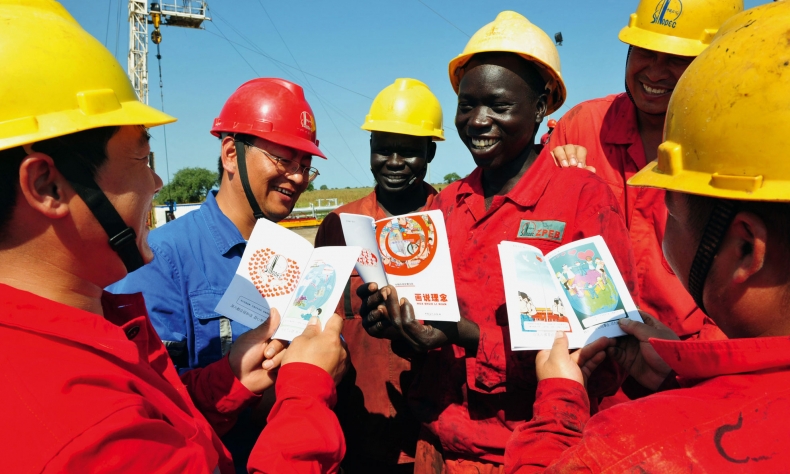
Overseas media questions why China would help the ECOWAS build its new headquarters and whether this action is intended to enhance China’s political influence in the region. What is the actual situation?
At the regular press conference of the Chinese Ministry of Foreign Affairs held at the end of March this year, a US journalist asked why China would help the Economic Community of West African States (ECOWAS) build its new headquarters and whether this action is intended to enhance China’s political influence in the region.
Actually, as the decision was made at the first China-Africa Summit in Beijing in October 2006 that China would help with the construction of the headquarters of the African Union(AU), China’s assistance with the new ECOWAS headquarters also aims to promote the economic integration of Africa, and contribute to the formation of a greater African market, the development of Africa’s economy, and the rejuvenation of Africa.
The Dream and Goal of Building a United and Strong Africa is to Realize Economic Integration
It has been the abiding aim of the African fountrirs and people to establish a united and strong continent and realize economic integration has since their independence. Due to the fact that the African economy has three general features – small-scale economy and market, similar economic structures, a lack of complimentary sectors (all reliant on exporting low value-added agricultural and primary mineral products), and highly dependent on importing intermediate products and manufactured goods, the only way to break through the economic impasse is to expand and strengthen the market and establish an economic integration organization that transcends the boundaries of countries.
Even though the economy of Africa has seen some growth in recent decades, under the waves of economic globalization, the economic gap between Africa and other regions of the world keeps widening, and some African countries face the risk of further marginalization.
For instance, Africa’s share of world trade has dropped from 6% in 1980 to 2% at present time. The population of Africa makes up 12% of the world population, but only 2% of foreign direct investment goes to this continent. Africa is the least attractive region for foreign investment.
Therefore, confronted with the challenges imposed by globalization and the turbulence of the current international economic environment, only if Africa chooses to unify and strengthen itself and accelerate the progress of economic integration, can it generate all the strength required to resist external economic impacts and alleviate the negative effects of the international financial crisis and economic recession.
As the former president of the AU committee Alpha Oumar Konare pointed out, without integration Africa will lose its future. And it is based on this understanding that almost every AU summit over this decade has put the integration issue on the agenda.
In May 2013, the AU held a special summit to celebrate the 50th anniversary of the establishment of the Organization of the African Unity. At the summit, the AU published the draft of Agenda 2063, which manifested the consensus and resolution of the AU for propelling the integration of Africa.
Moussa Faki Mahamat, president of the AU committee, at the opening ceremony of the 30th AU head meeting held on January 28-29, 2018, emphasized that the procedure of accelerating Africa integration is also strengthening the cohesion of Africa, and is the only path to promote the development of Africa. He pointed out that the first stage of negotiations on building the Continental Free Trade Area had attained significant progress and it was hoped that the related agreement could be passed during the head meeting. In addition, the African single air transport market would be launched during the meeting. Faki also called on the meeting to pass the agreements related to African passport and free movement of persons.
44 African countries attended the AU special head meeting in Kigali, the capital of Rwanda, and signed the agreement to establish Africa Continental Free Trade Area on March 21, 2018. This free trade area will become the area that includes the greatest number of WTO members since the establishment of the organization. It will form up a unified African market that covers a 1.2 billion population and with a total GDP of 2.5 trillion USD, the economic scale of which is quite close to the UK.
The Realization of Integration Calls for Joint Drives from both Inside Africa and the Outside World
The drives for Africa economic integration come from the internal consensus and motives of Africa, and the external investments too.
The AU needs to plan the integration based on the overall development structure of the continent, and it calls for joint efforts from regional integration organizations including ECOWAS, the East African Community, the Common Market for Eastern and Southern Africa, and the Southern Africa Development Community. Aid to the construction project of ECOWAS headquarters is a concrete contribution from China to African sub-regional integration.
In addition to the headquarters project, which will provide proper office facilities for African regional integration organizations, China is also enhancing practical cooperation with Africa in three respects – infrastructure construction, industrial development and market integration – to promote the development of the African Continental Free Trade Area. In terms of industrial development, for example, President Xi Jinping announced an upgraded “ten cooperation plans” with Africa worth 60 billion USD, at the China-Africa Summit in Johannesburg in December 2015.
Among the ten cooperation plans (China-Africa industrialization plan, agricultural modernization plan, infrastructure plan, financial plan, green development plan, trade and investment facilitation plan, poverty reduction plan, public health plan, cultural and people-to-people plan, peace and security plan), the foremost cooperation is on the industrialization plan, that is to promote China-Africa industrial cooperation and the process of African industrialization.
To ensure the successful implementation of these ten cooperation plans China has decided to provide 10 billion USD as initial contribution for “the China-Africa Fund for Production Capacity Cooperation”, and increased 5 billion USD to the China-Africa Development Fund and the Special Loan for the development of African SEMs respectively. China will build or upgrade a number of industrial parks in cooperation with Africa, send senior government experts and advisers to Africa, and set up regional vocational education centers and schools for industrial development. China will also train 200,000 technical personnel and provide 40,000 training opportunities for African personnel in China.
In terms of infrastructure construction, the AU and China signed a memorandum of understanding (MOU) to cooperate on major infrastructure networks and industrialization in Africa on January 27, 2015. According to the MOU, within the framework of Agenda 2063, China will enhance cooperation with Africa in fields including railways, highways, regional air transportation, and industrialization, so as to accelerate African integration. To date, China’s companies have launched construction projects in railways, airports, industrial parks and ports in countries including Ethiopia, Djibouti, Kenya and Nigeria, using their actual experience to implement the blueprints of China-Africa development and promote the continental integration.
Infrastructure construction and the establishment of industrial parks are happening in Africa right now. China has assisted with the construction of several railways in Africa, including the railway that connects Mombasa, the harbor city of Kenya, and Nairobi, the capital of Kenya, the railway that connects Addis Ababa, the capital of Ethiopia, and Djibouti, and railways in Angola and Nigeria.
Uhuru Kenyatta, the president of Kenya, stated at the opening ceremony of the Mombasa-Nairobi railway on May 31, 2017, that the opening of this railway has laid a foundation for a new chapter of industrialization in Kenya. The development model of “infrastructure construction plus industrial parks development” vigorously promoted by China is pulling the economy of Africa forward, propelling the resource and energy sustainable development of Africa, and effectively improving the living standards of African people.
He Wenping, senior researcher of The Charhar Institute, research fellow of Institute of East-Asian and African Studies, Chinese Academy of Social Science
Editor: Cai Hairuo
Opinion articles reflect the views of their authors, not necessarily those of China Focus
 Facebook
Facebook
 Twitter
Twitter
 Linkedin
Linkedin
 Google +
Google +



